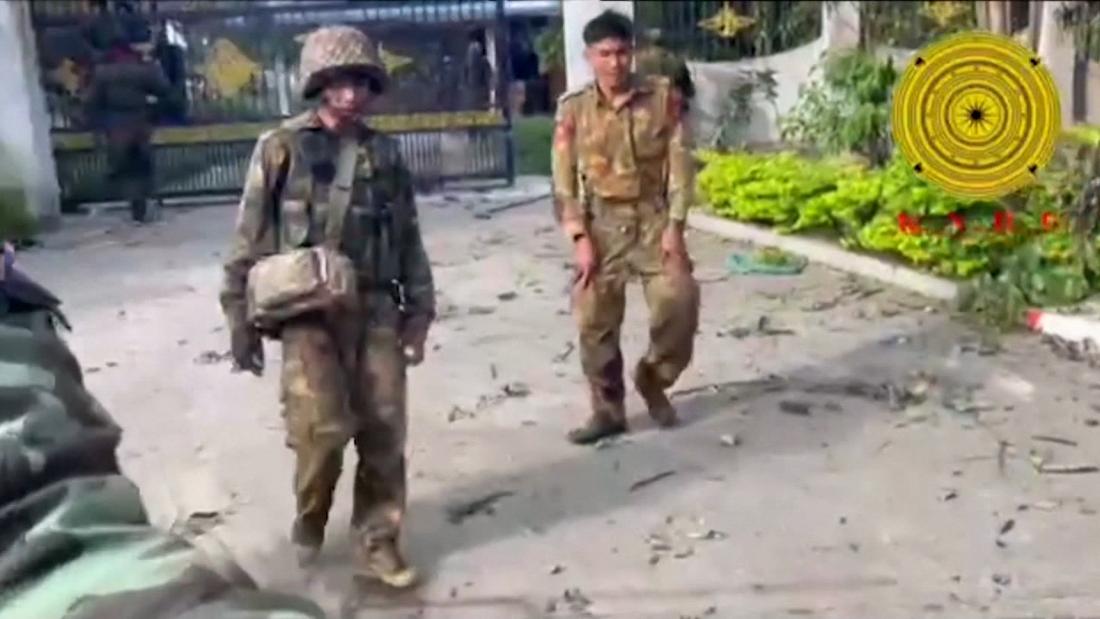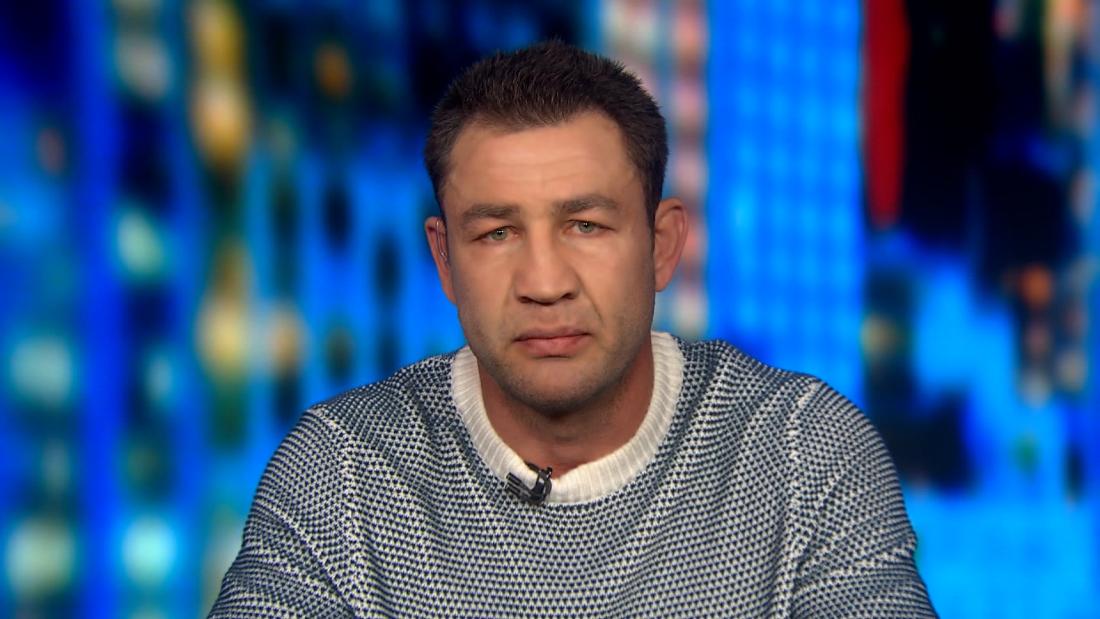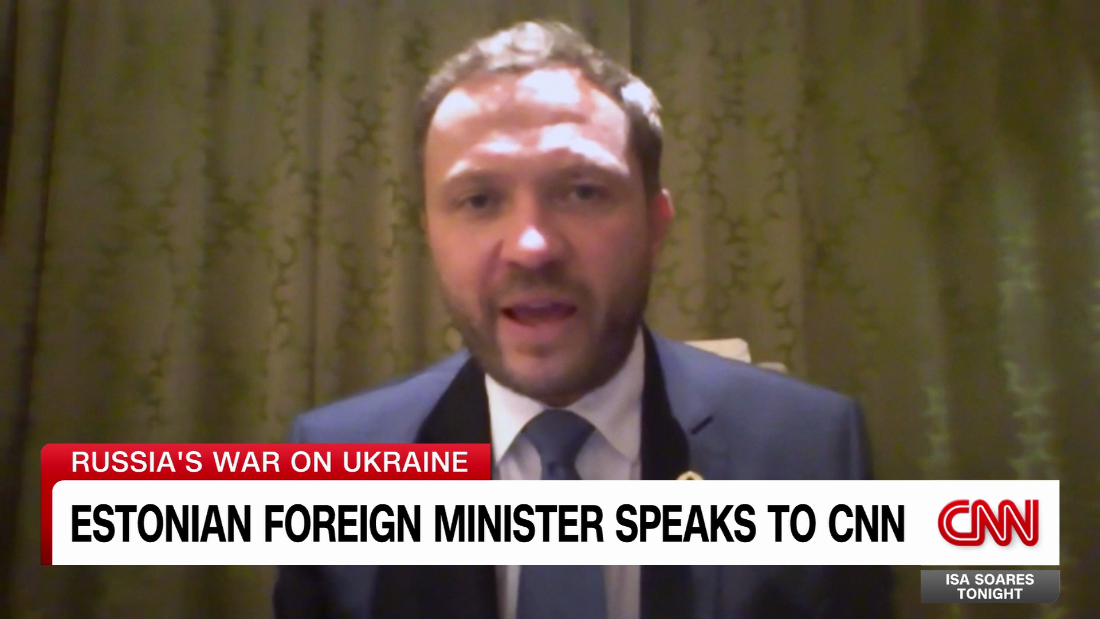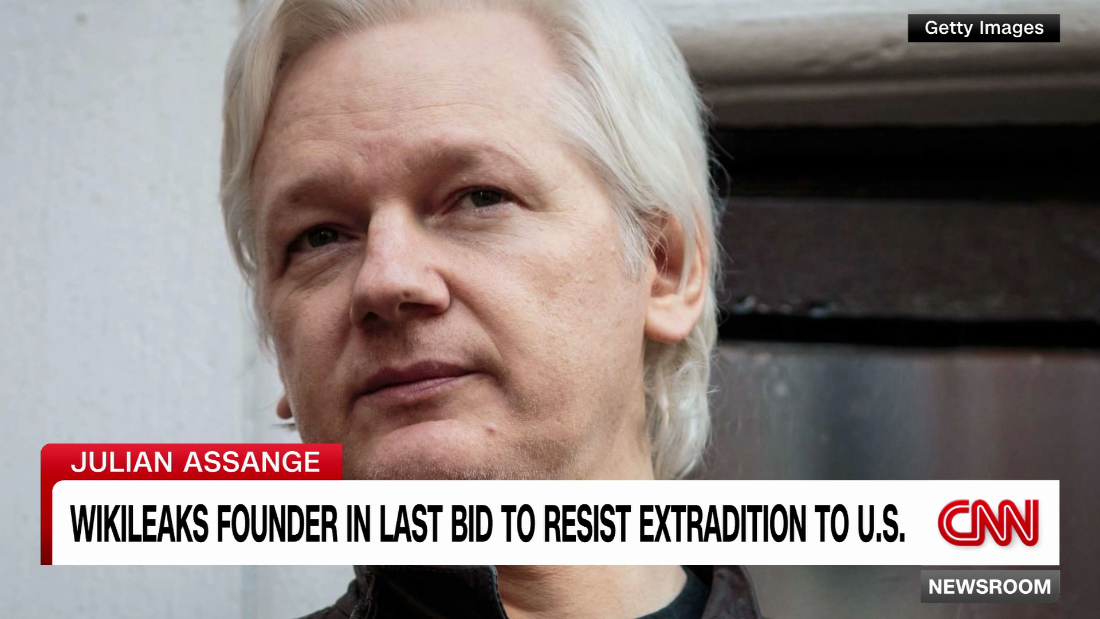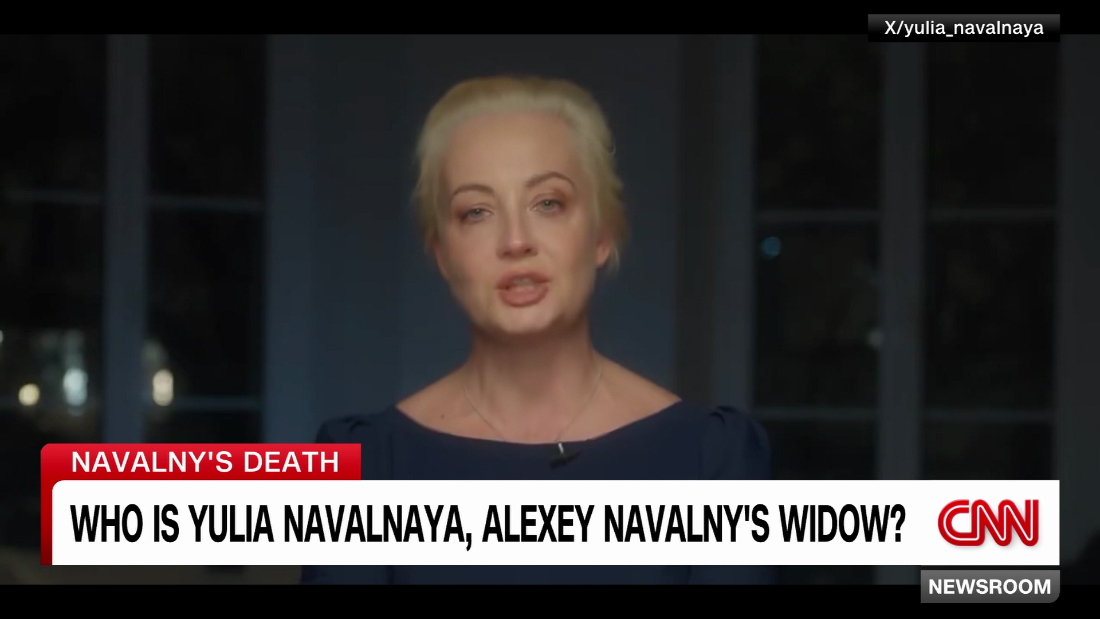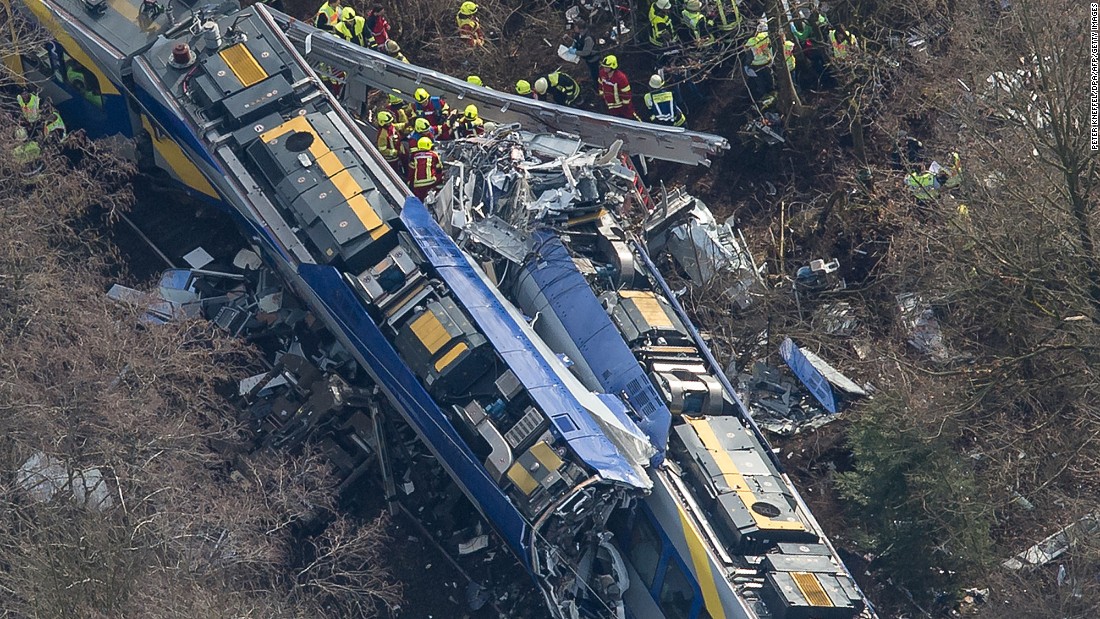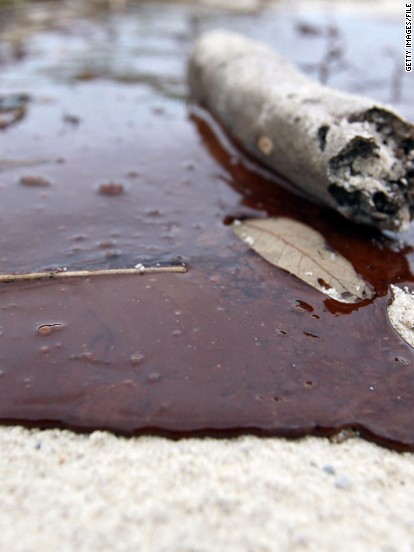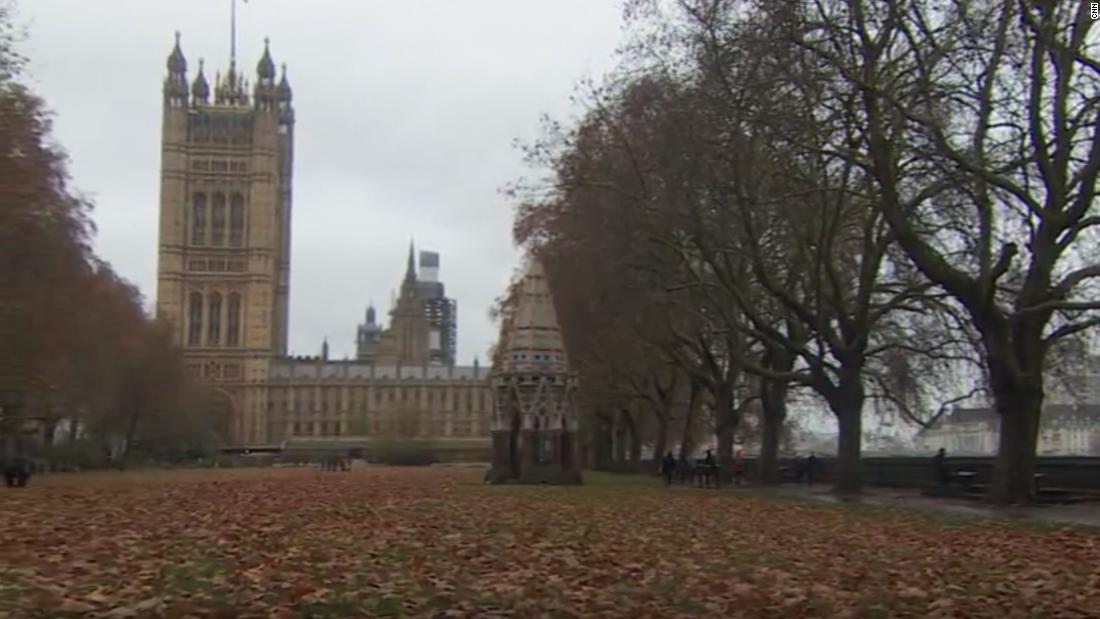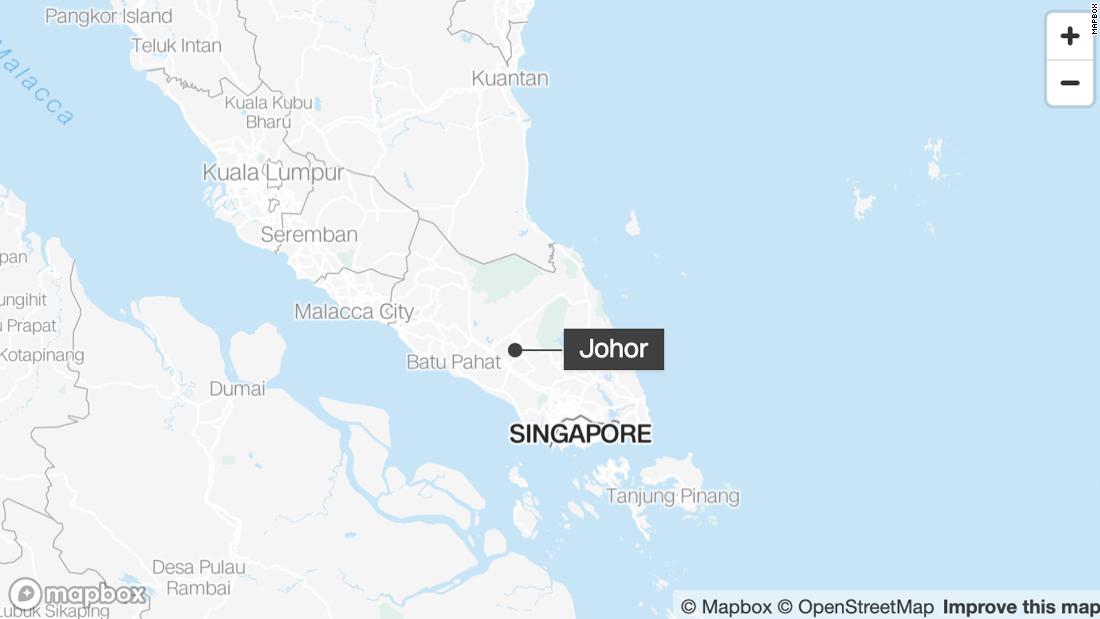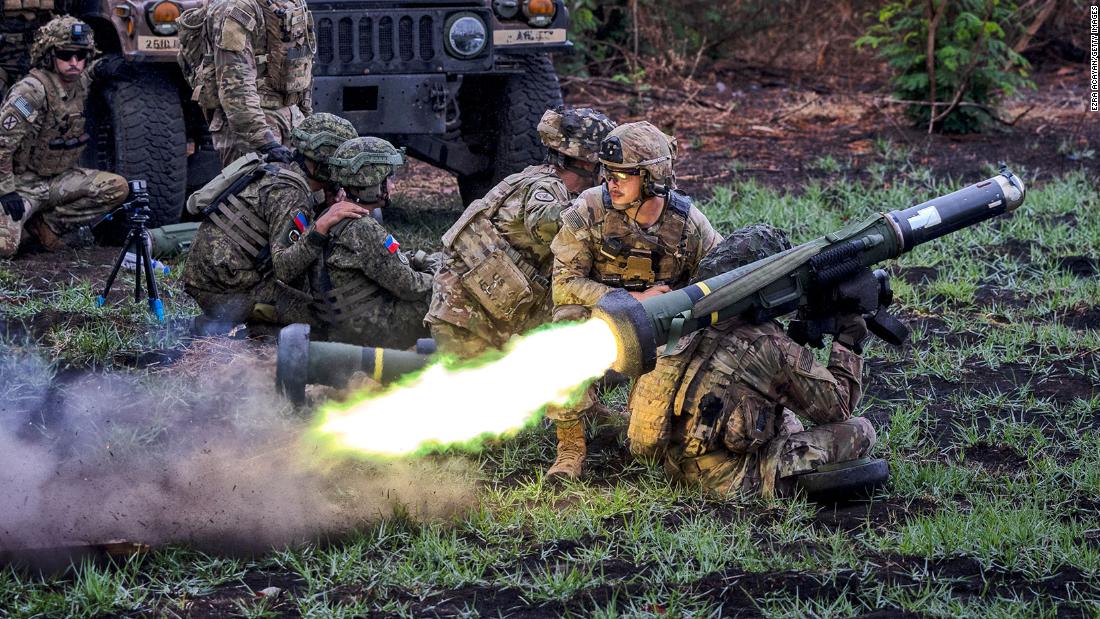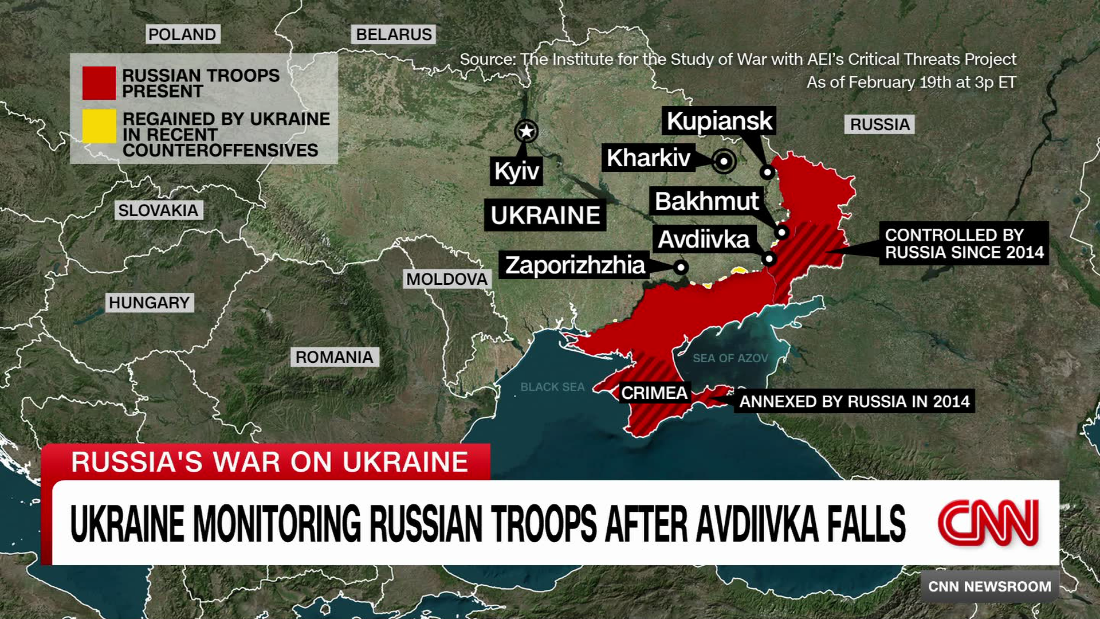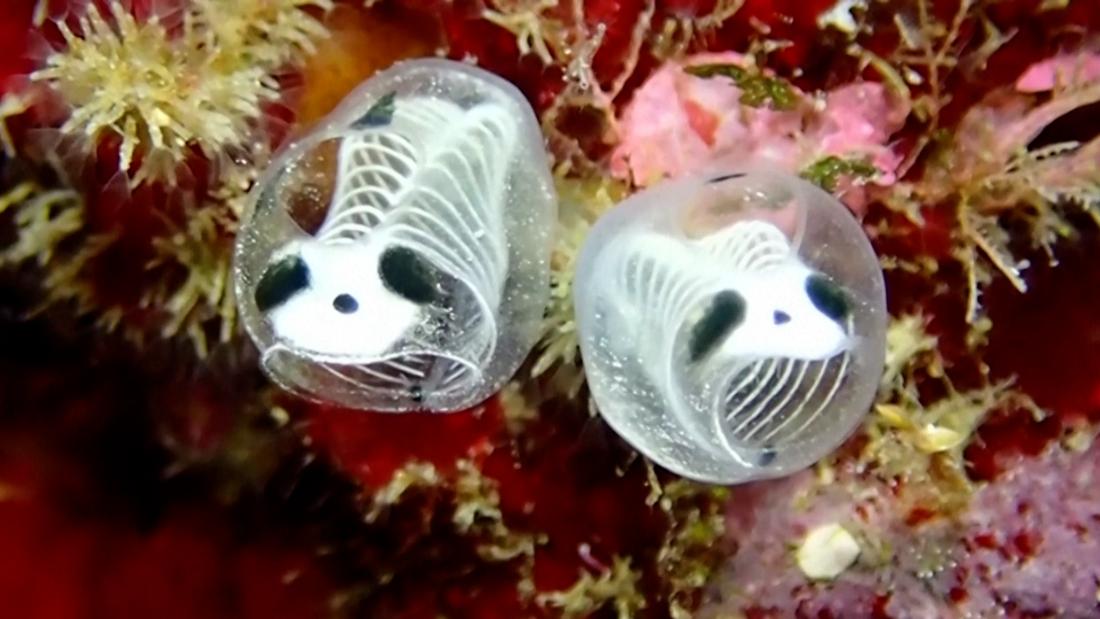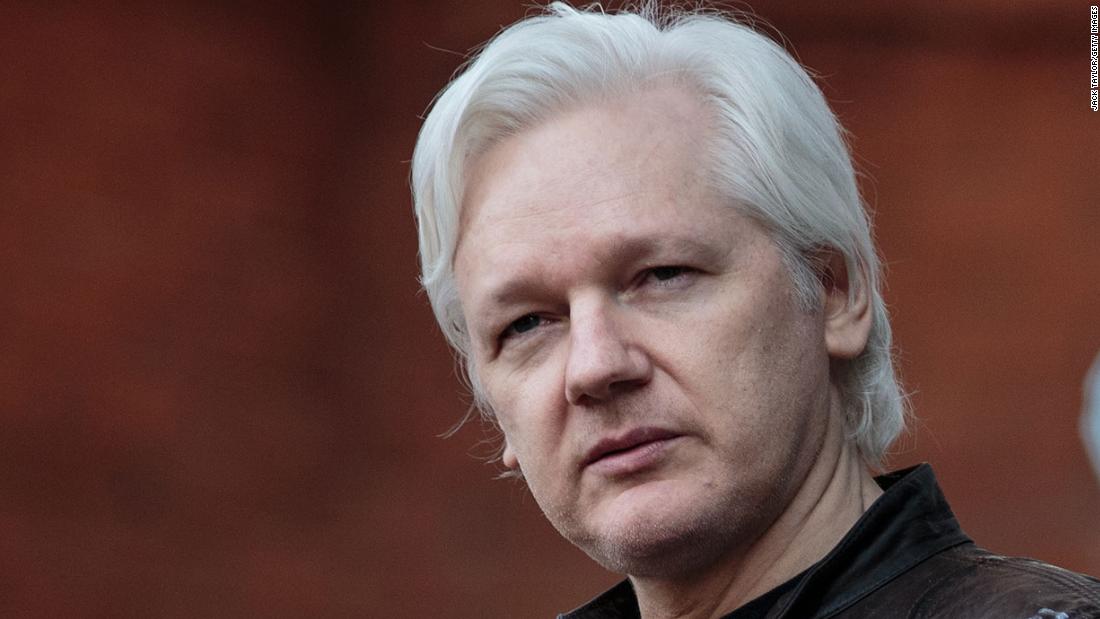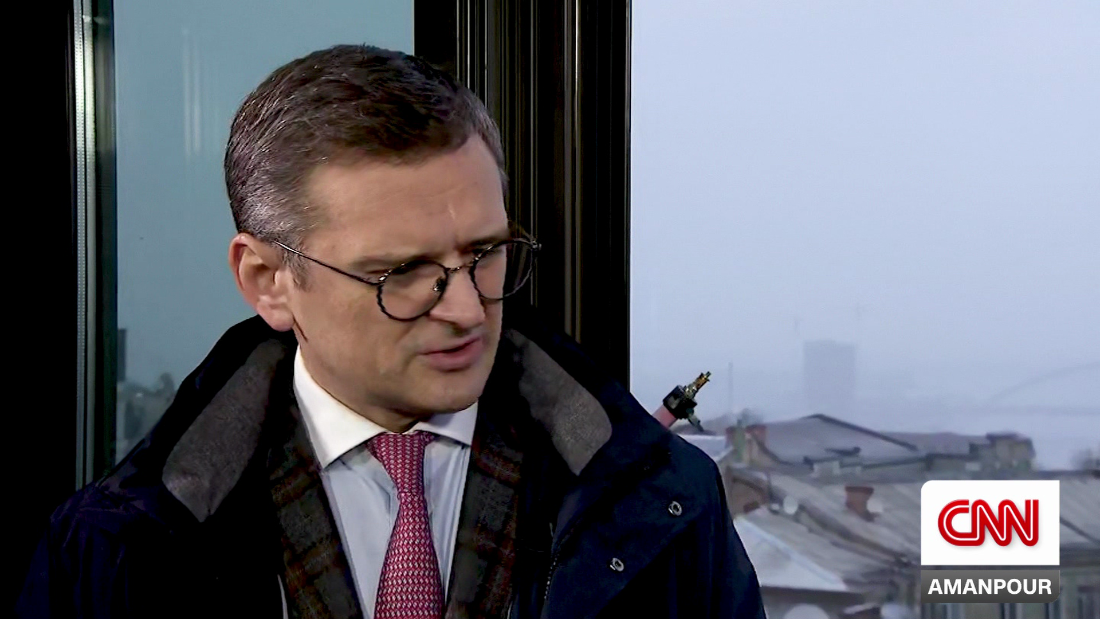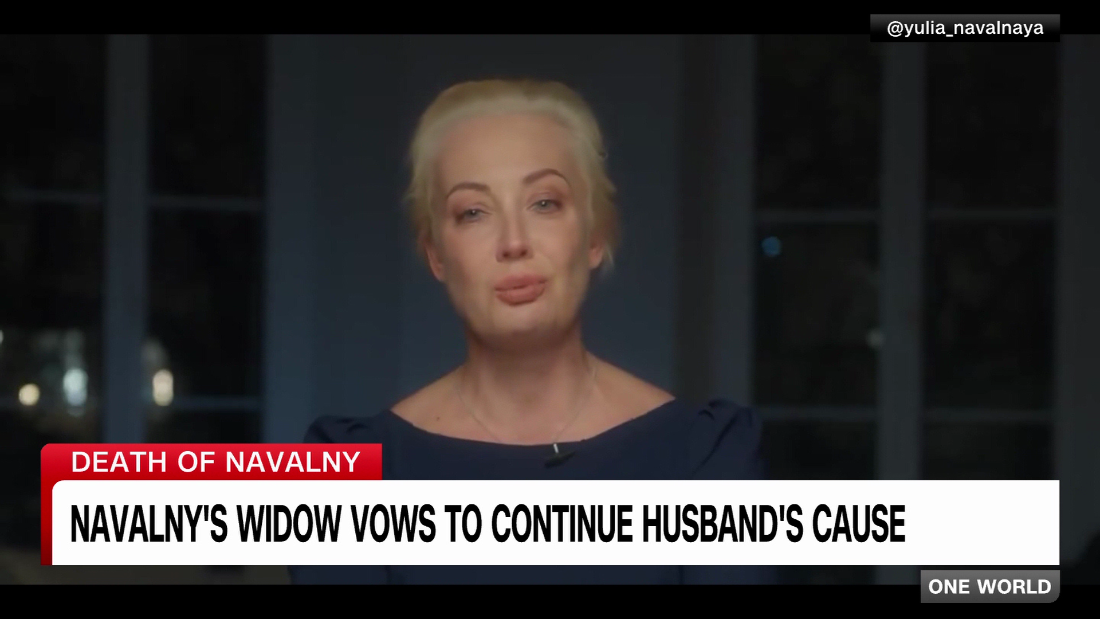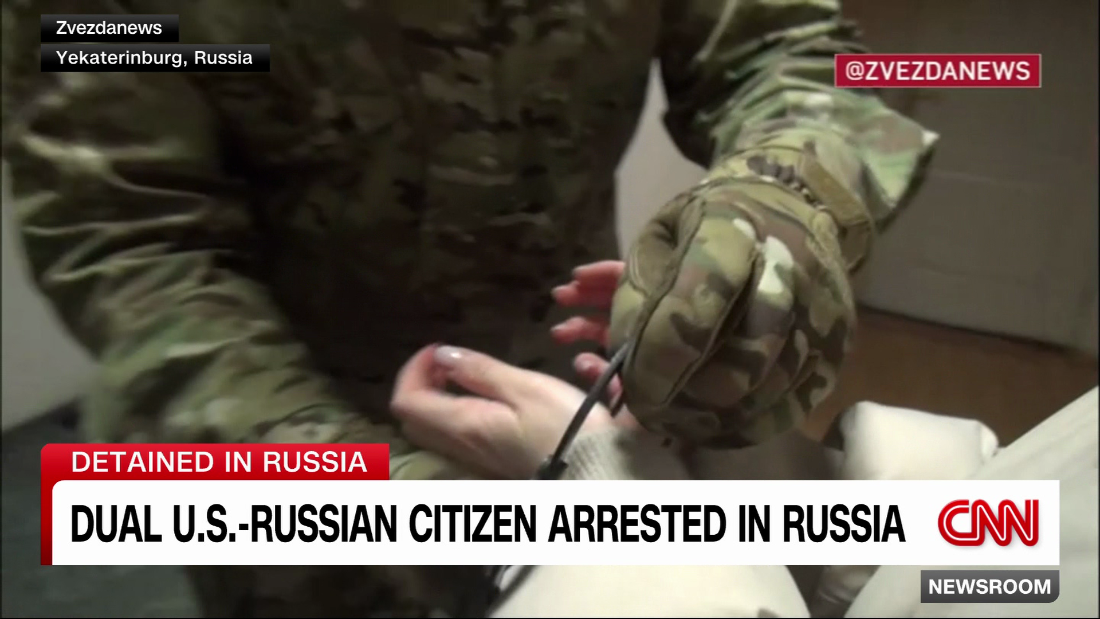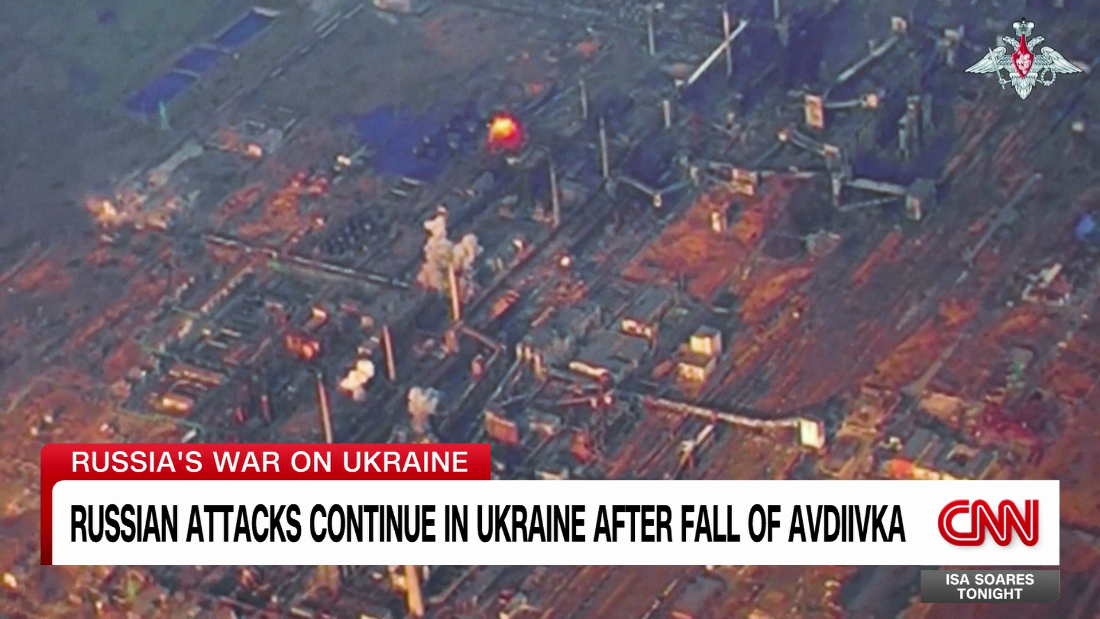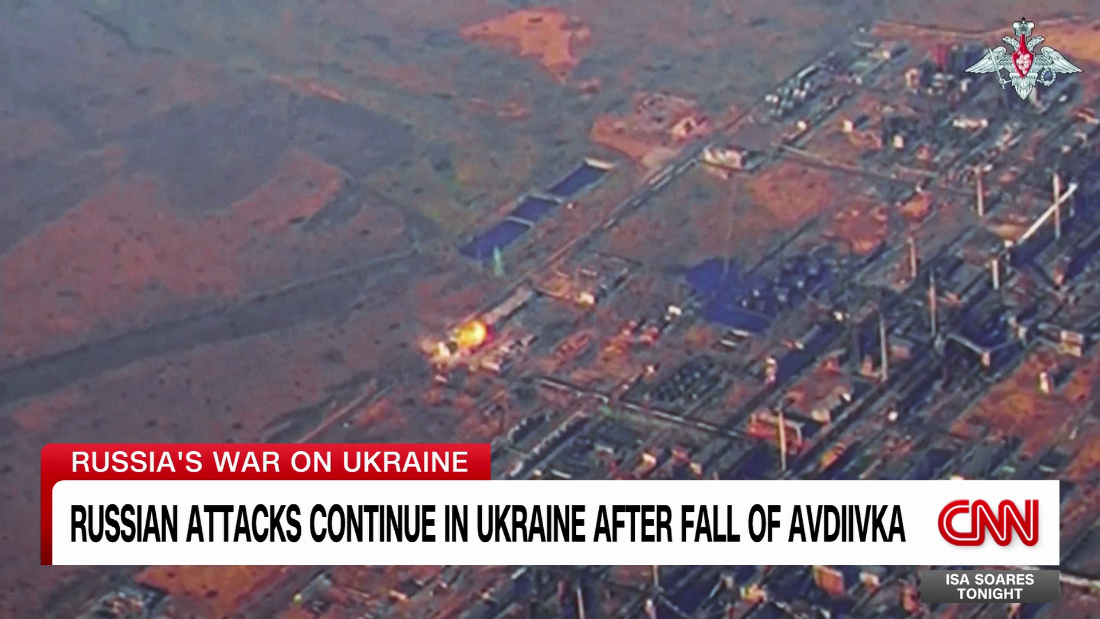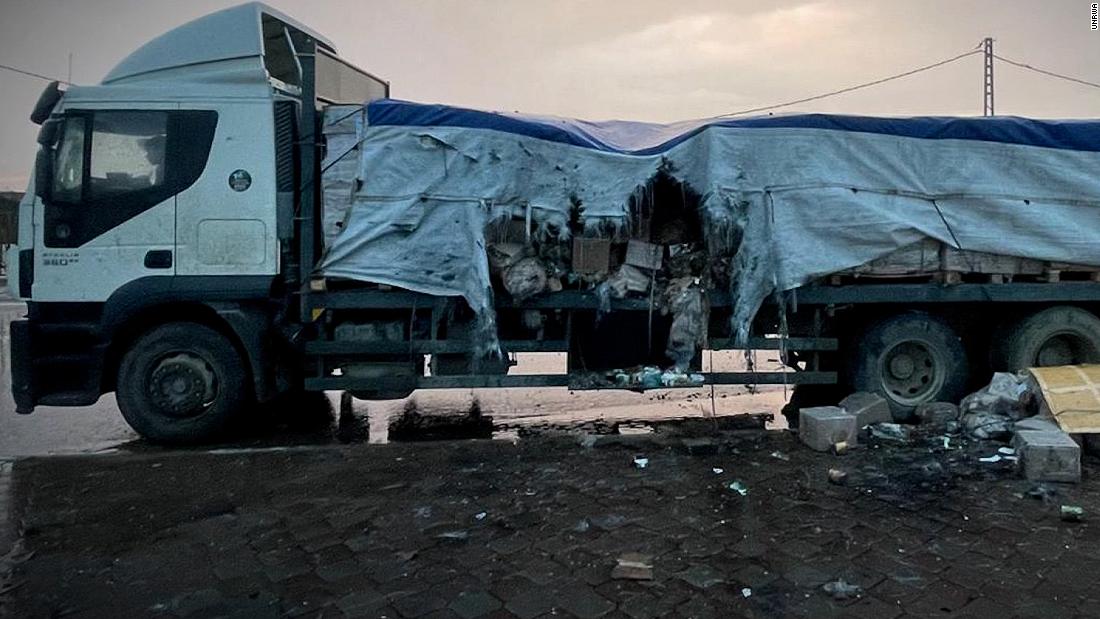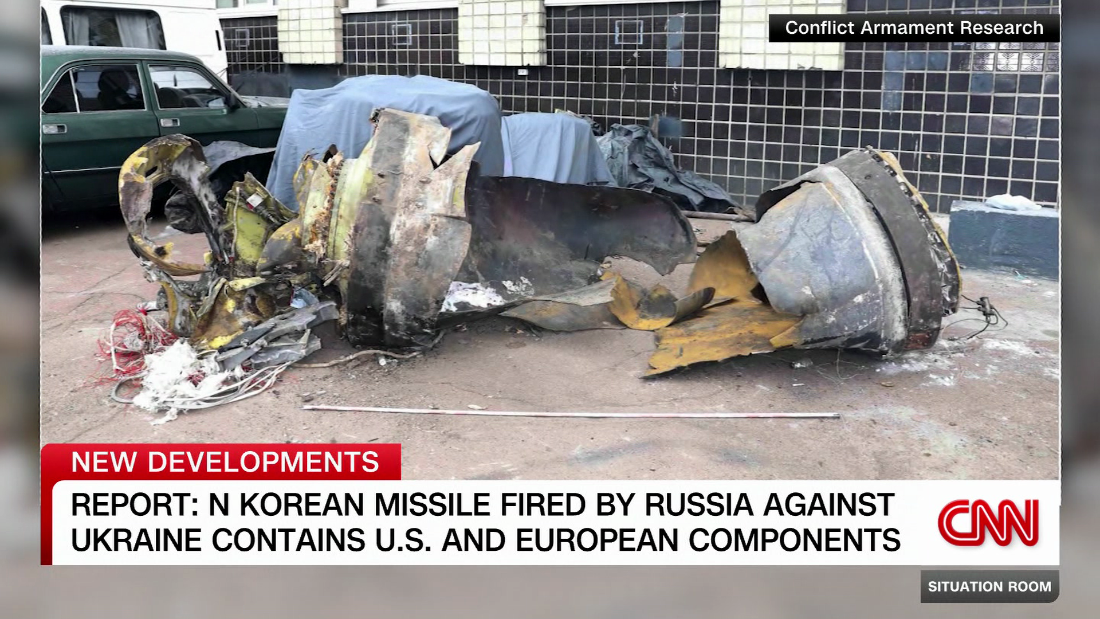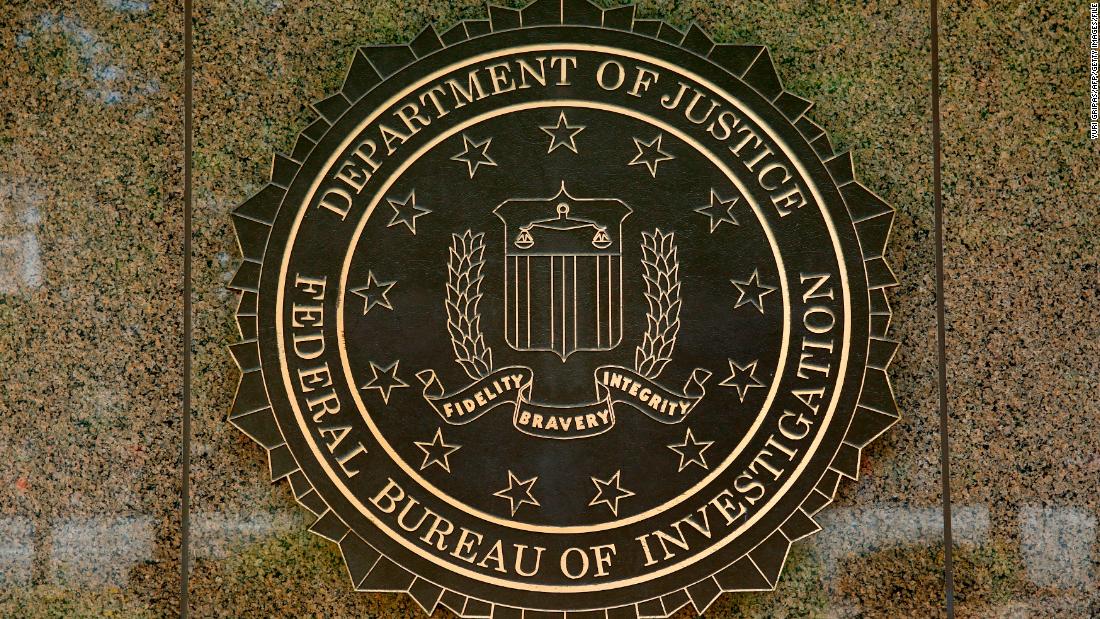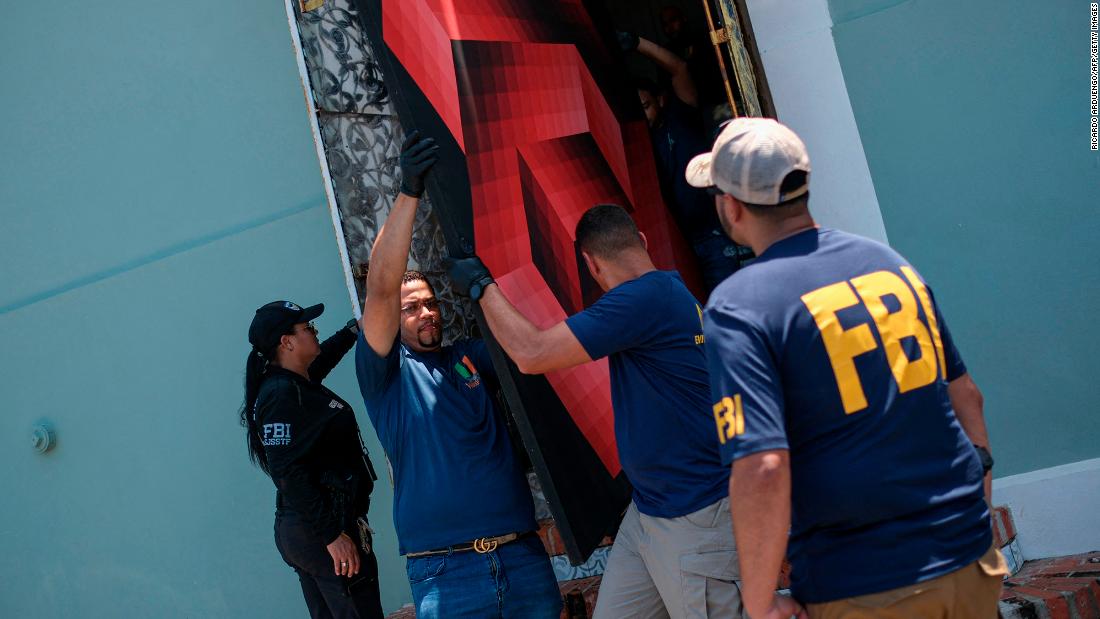RUSSIAN spy sensors believed to be tracking Britain’s nuclear submarines have been discovered in UK waters.
Officials now fear this is part of a covert Kremlin campaign to monitor and potentially sabotage critical infrastructure.
APVladimir Putin may have placed spy sensors to track UK nuke subs, according to reports[/caption]
PA:Press AssociationDefence sources suspect the devices were placed to monitor movements of the UK’s four Vanguard-class nuclear submarines[/caption]
SWNSThe Minehunter HMS Cattistock (R) shadowing Admiral Vladimirsky through the English Channel[/caption]
The Sunday Times reports the discovery was deemed a serious national security risk but has never been made public.
Some of the devices were found washed ashore, while others were detected by Royal Navy minehunter ships.
Defence sources believe they were planted to gather intelligence on the UK’s four Vanguard-class submarines.
These carry nuclear missiles and are meant to operate undetected as part of the UK’s at-sea deterrent.
The Ministry of Defence suspects Russia deployed the spy gear as part of a wider campaign of “greyzone” warfare, targeting cables, pipelines and undersea assets.
Last year, Russian ships were repeatedly spotted near sensitive infrastructure — including the Yantar, a suspected spy vessel seen “lurking around pipelines and internet cables” in the Irish Sea in November.
Royal Navy warships and RAF Poseidon spy planes shadowed the Yantar as it hovered over deep-sea cables between Dublin and Liverpool.
That same month, RAF fighter jets were scrambled to intercept a Russian warplane over the North Sea.
Further surveillance uncovered unmanned Russian underwater vehicles (UUVs) operating near communications cables.
Intelligence also suggested that superyachts owned by Russian oligarchs may have been used for underwater spying operations.
Putin’s mysterious cable cutting submarines
RUSSIA is believed to have six submarines dedicated to the cable cutting mission – with the Losharik the most modern and capable.
Only a handful of grainy photographs exist of the vessel and everything known about it comes from educated guesswork.
A fire on board Losharik in 2019 resulted in the deaths of 14 submariners, reportedly including some of the most experienced decorated in the Russian navy.
The Kremlin has never explained what the submarine was doing just 60 miles off the coast of Norway in the first place.
According to submarine expert H.I Sutton, who writes the Covert Shores blog, the submarine is constructed from seven spherical titanium hulls strung together which gives it extraordinary strength.
The vessel is named after a Russian cartoon horse, which is made up of lots of many spheres joined together.
It can operate at up to depths of 3300ft, far greater than conventional submarines and have special attachments allowing them to rest at the bottom of the sea.
The submarines are deployed from the giant Belgorod, itself designed for special operations, and currently the longest submarine currently serving in the world’s navies.
One senior source told The Sunday Times: “It’s a bit like the space race.
“This is a world clouded in secrecy and subterfuge… but there’s enough smoke to suggest something is on fire somewhere.”
Officials say at least 11 internet cables in the Baltic Sea have been damaged over the past 15 months — some reportedly by ships dragging anchors — raising further alarm about Russian intent and capability.
Meanwhile, Russian surface ships have become a regular presence near UK waters.
In March, HMS Cattistock and a Wildcat helicopter were sent to monitor the Admiral Vladimirskiy, a so-called research ship revealed in 2023 to be a spy vessel suspected of probing Britain’s power supply and internet links.
HMS Somerset and other Royal Navy units were also deployed multiple times to escort Russian vessels including a beach landing ship returning from the Mediterranean.
Military chiefs are now drawing up plans to launch a sweeping new operation — dubbed Atlantic Bastion — that would deploy air, land and sea assets to patrol UK waters and the North Atlantic.
SWNSYantar is believed to be a key spy ship for Putin[/caption]
PARussian landing ship RFN Alexander Otrakovsky was also shadowed in March[/caption]
A short-term project, codenamed Cabot, will get the initial capabilities off the ground in collaboration with private firms reliant on undersea infrastructure.
A Ministry of Defence spokesperson said: “We are committed to enhancing the security of critical offshore infrastructure.
“We are strengthening our response to ensure that Russian ships and aircraft cannot operate in secrecy near the UK or near Nato territory, harnessing new technologies like AI and co-ordinating patrols with our allies.
“And our continuous at-sea nuclear deterrent continues to patrol the world’s oceans undetected, as it has done for 56 years.”
Vulnerable undersea cables – the width of a garden hosepipe
THE FIRST cable was laid across the Atlantic 1858 and have been at the heart of global communication ever since.
They are mostly operated by private companies with Google recently announcing plans to install a cable linking the US, UK and Spain that would come ashore in Cornwall.
Most cables are around 3cm in diameter, roughly the size of a hosepipe and are cased in galvanised steel armour with a plastic coating.
Data is transmitted down the optical fibres as wavelengths of light travelling at about 180,000 miles per second.
Each fibre has the capacity to transmit as much as 400GB of data per second – about enough for 375 million phone calls.
A single undersea cable can contain anywhere between four and 200 of these fibres.
With so much of the world now dependent on the internet, they have also seen as an Achilles heel.
The idea of tampering cables as a weapon of war was developed by the British in World War One, when German communications were intercepted and its cables cut.
But the Russians have in recent years been seen as a looming menace, building on methods from the Cold War.
When he was an MP, the current Chancellor Rishi Sunak warned about the threat in hard hitting report.
“A successful attack on the UK’s undersea cable infrastructure would be an existential threat to our security,” he said.
Published: [#item_custom_pubDate]















